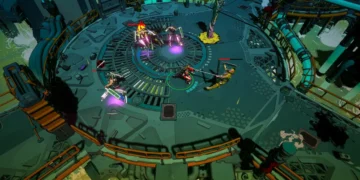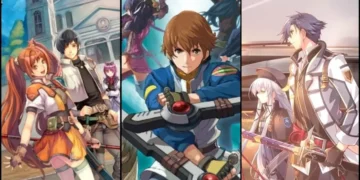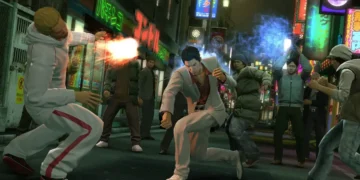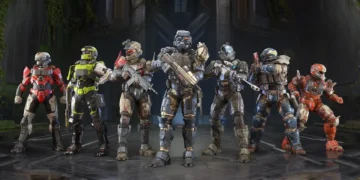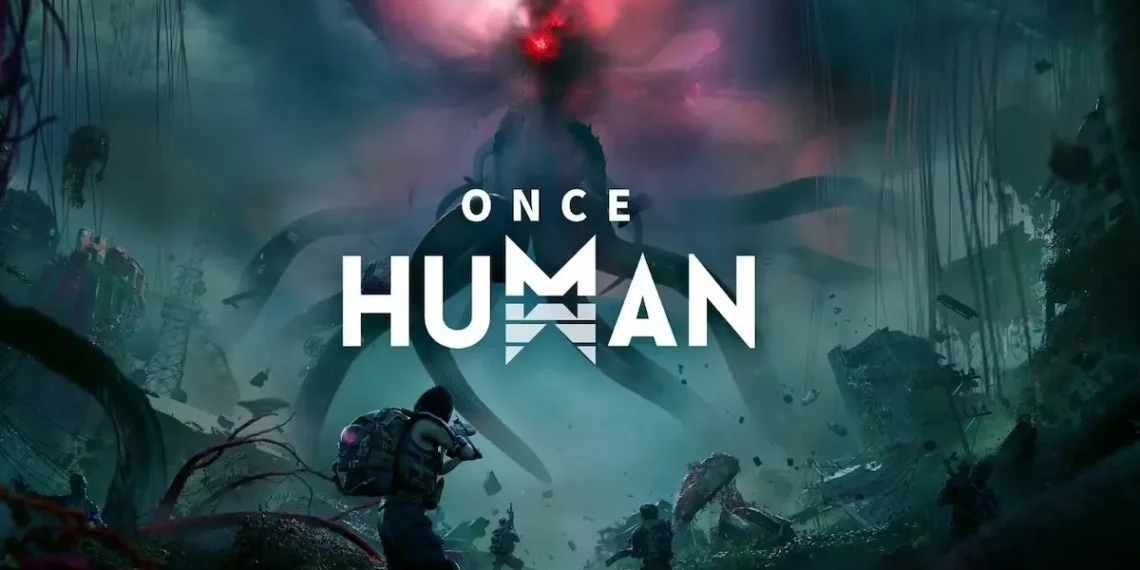Once Human, a free-to-play open-world survival crafting game, has come up with a unique charm. With its mixture of familiar genres and unique twists, it manages to stand out in a crowded field of post-apocalyptic titles.
While at start it may seem like a collection of tried-and-true gaming elements, Once Human takes these concepts and reshapes them into something fascinating and oddly captivating.
An Alien Infestation in a Familiar World

The post-apocalyptic survival genre is well-trodden territory, with games like Fallout 76, Rust, and 7 Days to Die leading the charge. But Once Human distinguishes itself by giving up the usual zombie or nuclear war scenarios in favor of an alien infestation.
This new take on the end of the world feels both unique and underexplored, bringing a new level of excitement to the genre.
Capturing and Utilizing Deviations
Not every alien creature is dangerous in Once Human. Deviations, as they are known, can be captured and put to work either in battle or at your base. These creatures work much like Pokémon in an alien apocalypse, each with unique abilities that can be taken to your advantage.
For example, your trusty companion, Festering Gel, can be deployed in combat to provide makeshift cover, while The Digby Boy excels at gathering resources back home. These creatures are both useful and endearing, fitting perfectly into the game’s strange and twisted world.
Weapons and Combat: A Combination of Conventional and Bizarre
While the creatures you come across are anything but ordinary, the weaponry you use to battle them is relatively standard.
The arsenal includes basic melee weapons like blades and bats, along with common firearms such as pistols, rifles, and shotguns. But Once Human introduces an interesting ownership mechanic when it comes to weapons and armor.
Dungeons, Multiplayer, and Server Limitations
The most difficult encounters are reserved for instanced dungeons, where groups of up to four players can take on formidable enemies.
Forming pick-up parties is made easy through a server-wide team finder, allowing players to join or create groups with minimal hassle. This feature is particularly welcome for introverted gamers who might shy away from online multiplayer.
Quests and Exploration: A Mixed Bag
Once Human gives a main quest line and different optional side missions. Sadly, the main quest feels more like a series of excuses to go through new areas rather than enthralling narrative.
The missions themselves often follow a repetitive formula of activating Rift Anchors and defeating regional bosses, which can become boring over time.
But there are moments when the game leans into its unique world, such as a mission involving a monster that turns pregnant people into trees.
Survival Crafting: Simple but Satisfying

The survival-crafting mechanics in Once Human are simple, with a limited number of items available for crafting at the start. As you go up and open nodes on the four upgrade trees, you get access to better food and equipment. This simplicity allows players to quickly go back to the action without getting captured in complex crafting systems.
Building Your Homestead
Constructing a home in Once Human is equally simple, with a clear menu system for choosing and placing parts. While joining pieces can be challenging, the ability to save blueprints and move your home to a new location with ease is a nice touch. Being able to see other players’ homes for inspiration adds an additional layer of community and creativity.
Conclusion
Once Human gives exciting and accessible survival-crafting experience with a stand out twist. While it has its cons, such as a bland environment and a steep difficulty curve, the game’s bizarre creatures, straightforward crafting, and promising future content make it a title worth exploring.
Also read: Dungeons of Hinterberg Review

